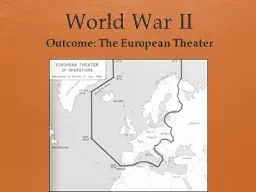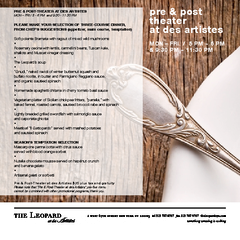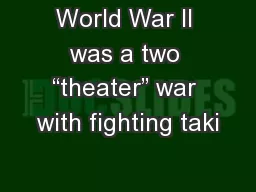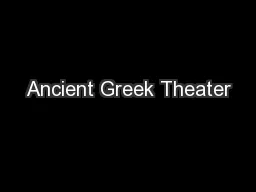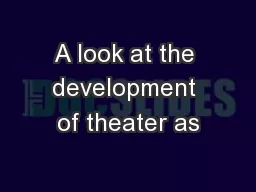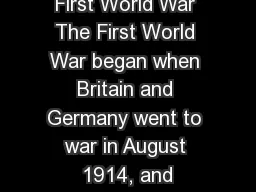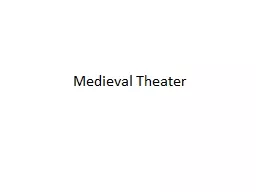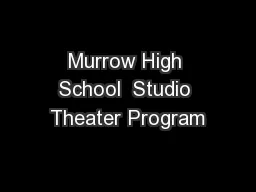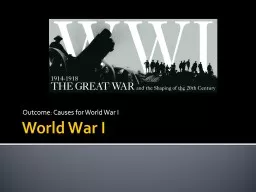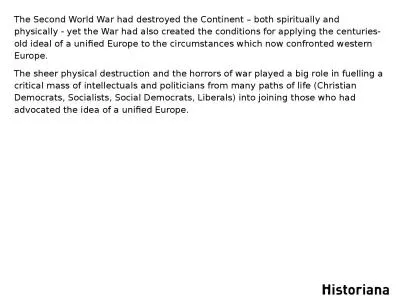PPT-World War II Outcome: The European Theater
Author : karlyn-bohler | Published Date : 2018-09-17
The European Theater Aggression in Europe Italy invaded Ethiopia and took control in 1935 Spains Civil War was won by the fascists in 1936 Germany 1936 Hitler
Presentation Embed Code
Download Presentation
Download Presentation The PPT/PDF document "World War II Outcome: The European Theat..." is the property of its rightful owner. Permission is granted to download and print the materials on this website for personal, non-commercial use only, and to display it on your personal computer provided you do not modify the materials and that you retain all copyright notices contained in the materials. By downloading content from our website, you accept the terms of this agreement.
World War II Outcome: The European Theater: Transcript
Download Rules Of Document
"World War II Outcome: The European Theater"The content belongs to its owner. You may download and print it for personal use, without modification, and keep all copyright notices. By downloading, you agree to these terms.
Related Documents

